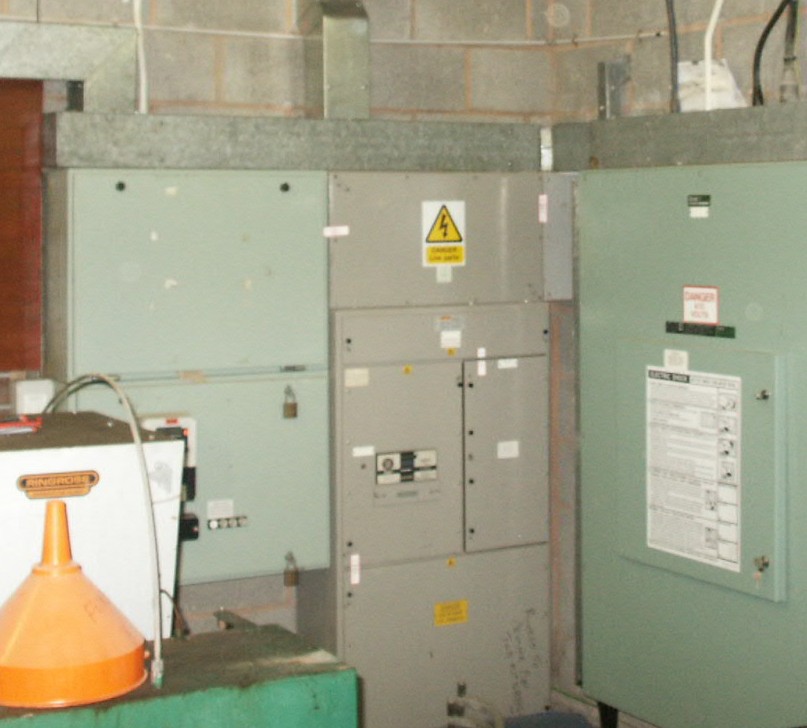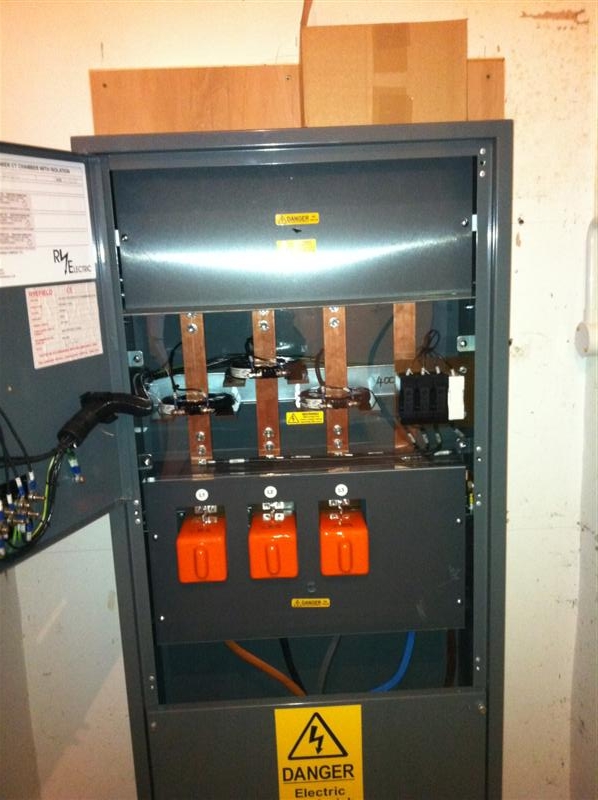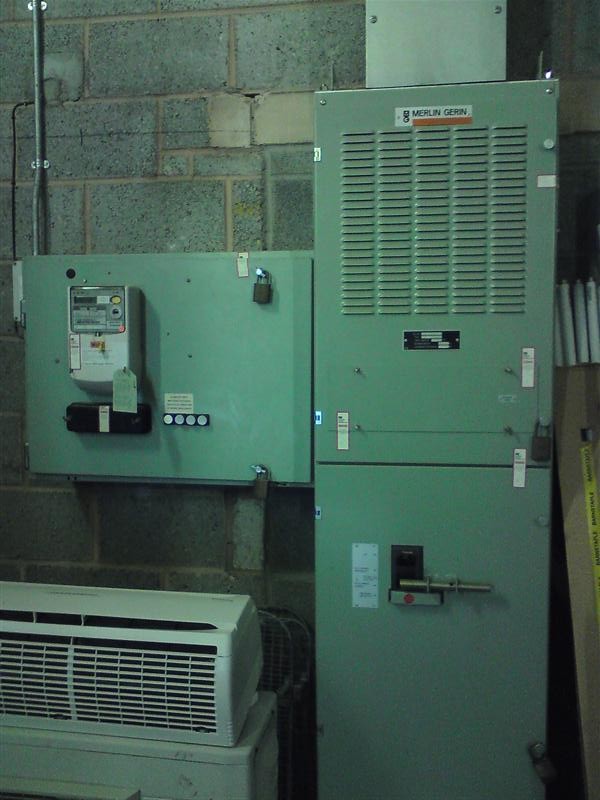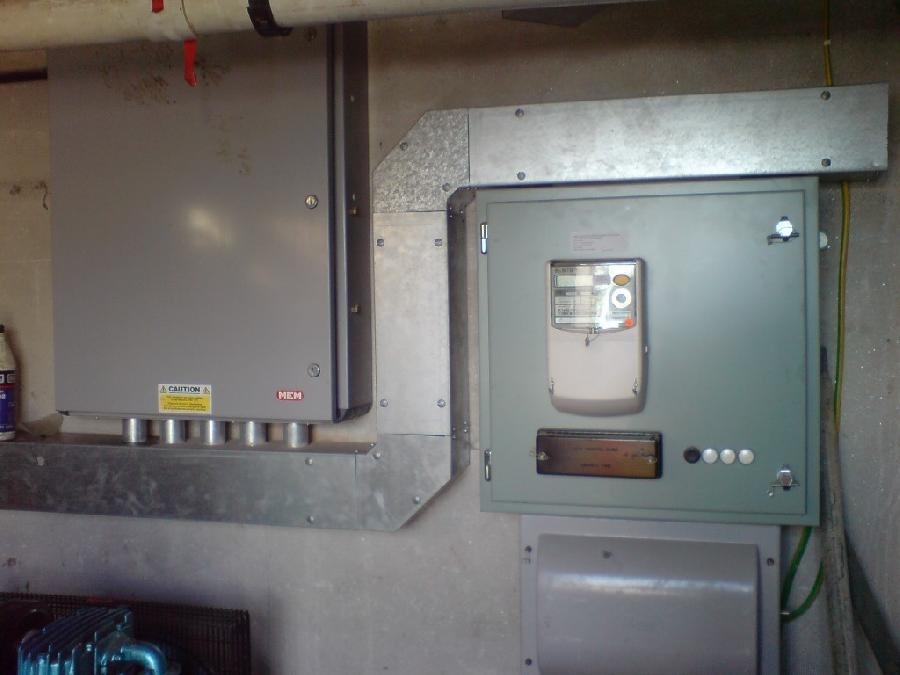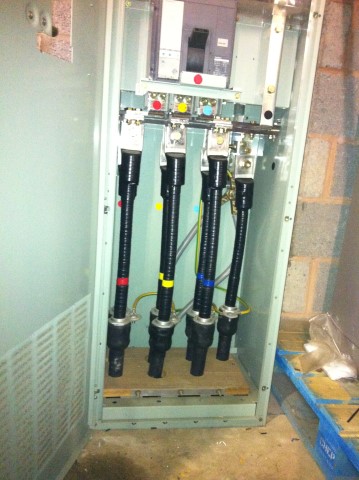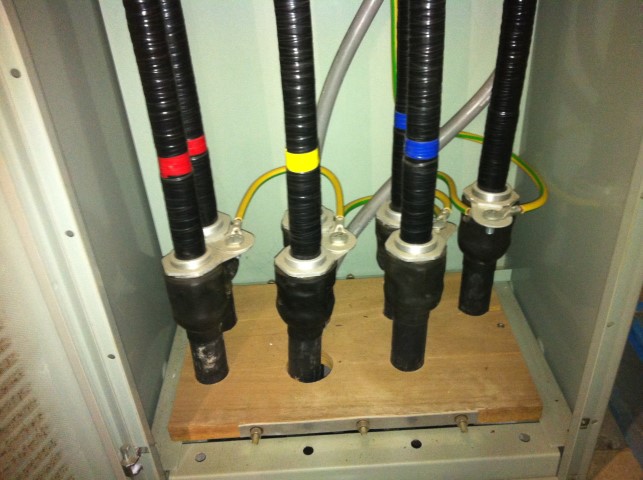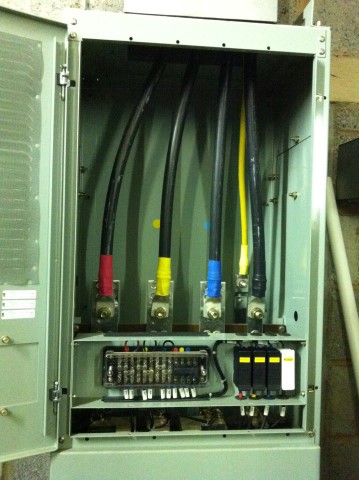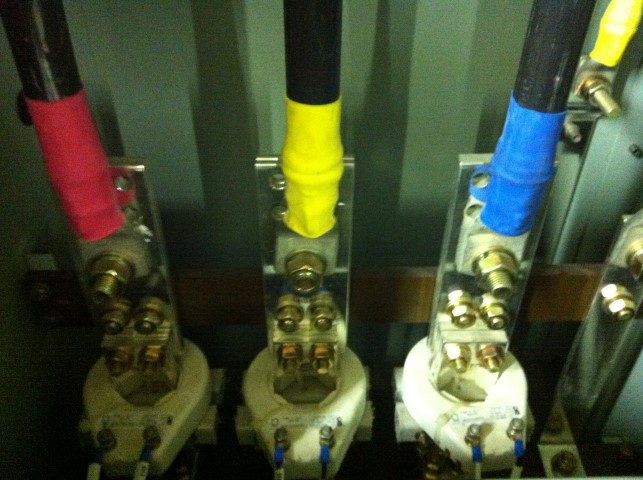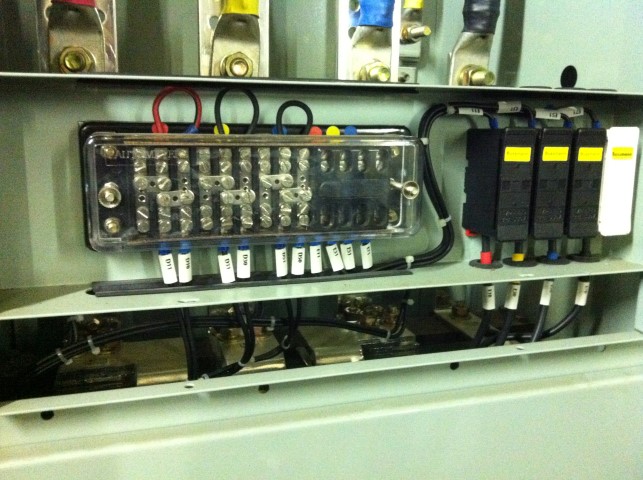I am currently on a job where we are due to have a 500amp 3phase mains installed by the electricity board
What sort of head would this normally be iam guessing it's not going to be a standard 3phase head and meter. Iam not doing any of the big boards, a work mate is but just got me thinking what it would be like. Iam guessing ct coils etc
Anyone have any pictures of a 500amp incomer.
What sort of head would this normally be iam guessing it's not going to be a standard 3phase head and meter. Iam not doing any of the big boards, a work mate is but just got me thinking what it would be like. Iam guessing ct coils etc
Anyone have any pictures of a 500amp incomer.


